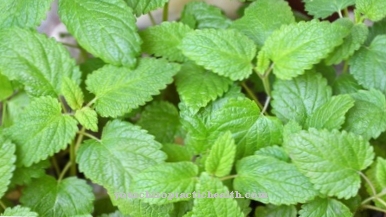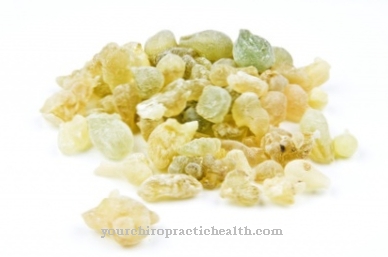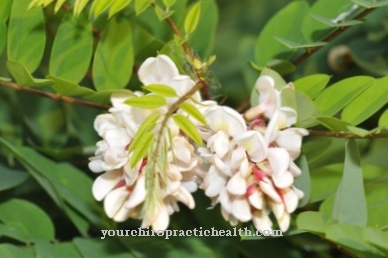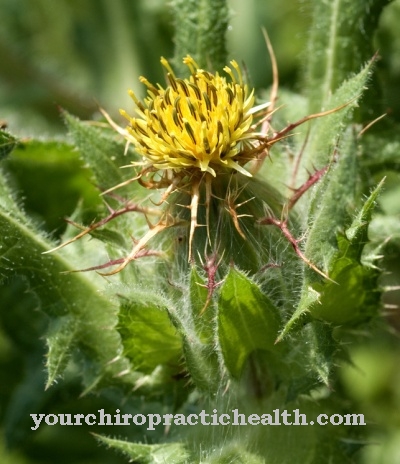Of the elder or Holler is a shrub-like plant and belongs to the musk herb family. 40 species are known worldwide, three of which are at home in Central Europe.
Occurrence and cultivation of elderberry

Of the Black elder is the most widespread, it is one of the most common shrub species in the European flora and can grow up to 11 m high.
Elderberry forms filamentous leaves in spring and umbrella-shaped panicle-like flowers from mid-May to early July, which are whitish to pale yellow in color and exude a fresh, fruity and delicately sweet honey scent. The fruits of the elder are similar to berries, but belong to the stone fruits. During the ripening period in late summer, they turn black, blue or red.
Popular names for the elderberry are also Hollerbusch or Elder shrub. Among the Germanic peoples, the elder was associated with the underworld goddess Frau Holle in legends and myths. Presumably the shrub was already known as a food source in the Stone Age.
Effect & application
elder contains the active ingredient sambunigrin in the bark, in the unripe berries and in the seeds of the ripe berries, which is known as a plant poison and which loses its toxicity when heated. The fruits are rich in vitamins B1 and C. Elderberry contains fruit acids and essential oils, anthocyanins and flavoids. The antioxidants contained in anthocyanins are pain relievers, therefore active ingredients from elderberry help to lower fever and inhibit inflammation.
The aging process of the cells, both in the plant itself and in the human body, is said to be slowed down by the anthocyanin contained in elderberry. The flowers are dried and used for teas, in drugstores and pharmacies this substance from elderberry can be bought as flores sambuci. Elderberry oil is made from the seeds, which is used as a raw material for cosmetics and medicinal drugs.
The violet dye sambocyanin occurs mainly in the peel of the berries of the black elder and was formerly an important substance for coloring. It used to be used to treat hair, elderberry gave leather a typical color, and this extract from elderberry gave red wine its deep red. The active ingredient from elderberry berries can be found as a natural coloring agent in various foods. Sweets and fruit yoghurt are given appetizing coloring, and even textiles are now treated with this old vegetable color again.
Lemonade and sparkling wine made from elderberry are very popular and provide the typical fruity sweetness that the elderberry exudes with its flowers. Jelly, puree or juice from the berries should always be boiled long enough, however, as they are slightly toxic when raw.
Importance to health
elder is considered an ancient medicinal plant in home medicine. Due to its high vitamin C content, it is recommended for colds. It is also said to have a healing effect against flu viruses, and the essential oils in the active ingredients from elderberry cause the mucus in the respiratory organs to loosen.
Its sweat-inducing and anti-inflammatory effects have been known for centuries, and elderberry is also said to have analgesic properties. Another effect that the berries and tea from the flowers are said to have is the effect on the gastrointestinal tract. Tea made from the dried flowers is said to help with stomach complaints, and elderberry in this form also has a slight laxative effect.
Rheumatism and gout should also be relieved by elderberries. A tea can also help treat sciatica and neuralgia effectively. External application of a decoction is recommended for skin diseases. It is even said to have a preventive effect against cancer, and elderberry is also recommended in folk medicine as a preventive measure against heart attacks.
























.jpg)



